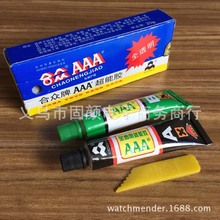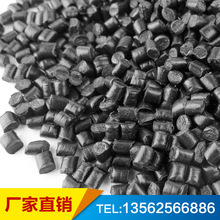
For two days starting on Sunday, Moonlake Immunotherapeutics happily crunched numbers and shared results from a mid-stage clinical trial that depicted its experimental antibody in the most flattering terms possible.
The drug, called sonelokimab, was “changing the game” for the treatment of a debilitating skin condition called hidradenitis suppurativa, or HS, said Moonlake CEO Jorge Santos da Silva, on a call for investors and analysts. The drug’s benefit for patients placed it “at the top of the heap,” he added.
advertisement
For other, equally important data from the same study that did not fit Moonlake’s home-run narrative, the company took a DIY approach. Curious about how sonelokimab performed against a treatment that’s already approved for HS? Pull out a calculator and do the math yourself. How badly did a higher dose of the drug underperform a lower dose? Take a guess.

Unlock this article by subscribing to STAT+ and enjoy your first 30 days free!
GET STARTED Log InNext article: Supreme Court strikes down use of affirmative action
















